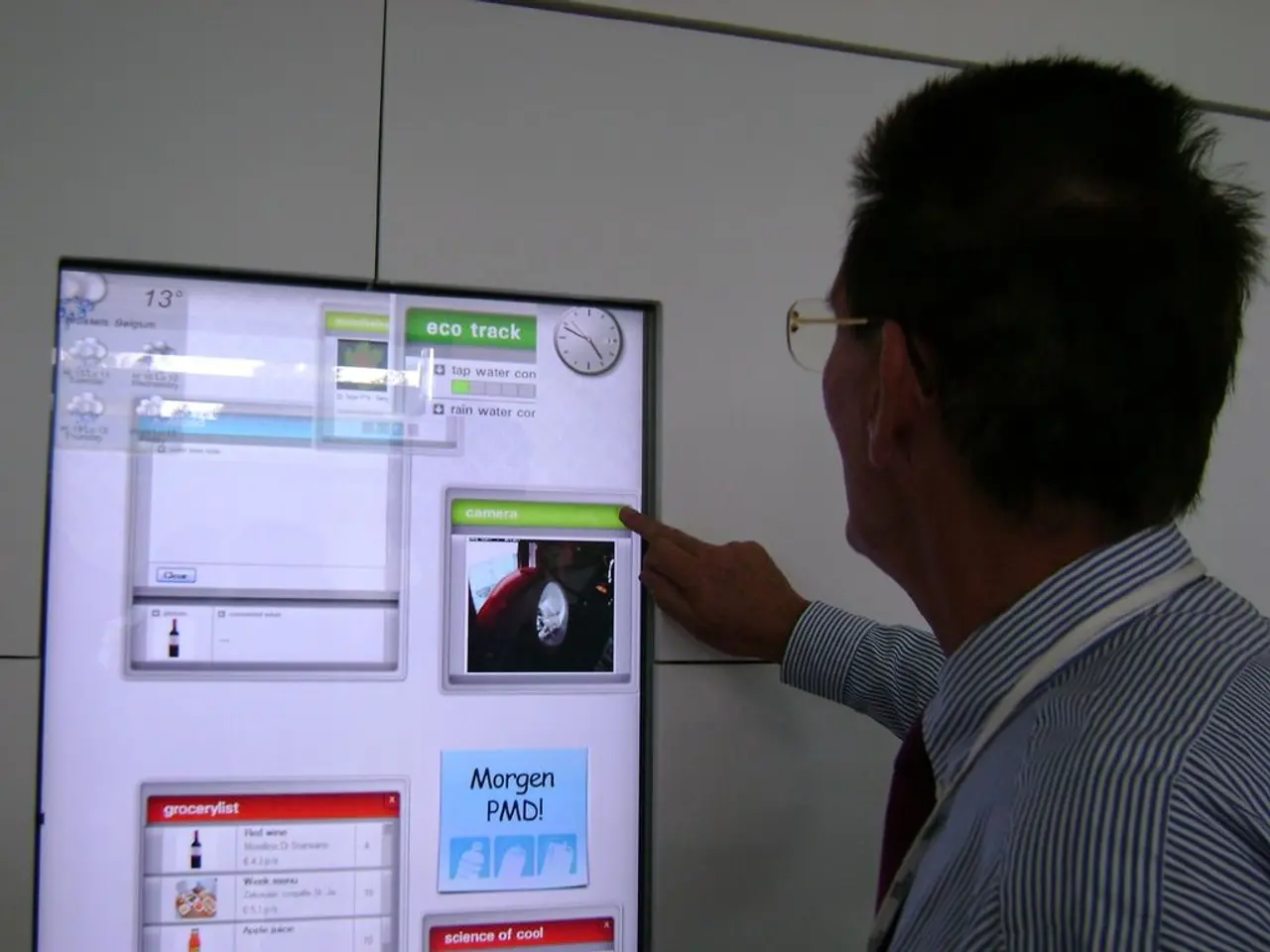Reducing Digital Eye Strain: Guidelines for Enhanced Vision and Peaceful Sleep
In an era where digital devices have become an integral part of our daily lives, it's essential to take measures to protect our eyes and ensure a good night's sleep. By adopting a few simple habits, you can effectively reduce digital eye strain and improve your sleep quality.
To reduce digital eye strain, start by positioning your screens correctly. Place them about 4-5 inches below eye level and 20-28 inches from your eyes, with your keyboard and mouse close at hand to avoid reaching. Maintain an upright posture with your neck aligned and shoulders relaxed. Adjusting device settings can also help; enlarge font sizes, optimize contrast and colour tones to minimize squinting and strain.
Another crucial aspect is managing blue light exposure. In the evening, minimize or turn off blue light sources, including reducing screen time and using device night modes or blue light filters. If you must use digital devices before sleep, consider using blue light blocking glasses. Additionally, avoid bright LED and fluorescent lighting in the evening to prevent disruption of your circadian rhythms.
Beyond these strategies, blinking more frequently can combat dryness during screen time, and dimming device brightness and enabling night mode settings can be beneficial before bed. Creating a relaxing pre-sleep routine can minimize screen exposure before bed, too.
To improve sleep quality, it's advisable to avoid caffeine or other stimulants in the evening, as they can make it harder to relax and fall asleep. A consistent pre-sleep routine can help your body transition smoothly into sleep. Screen-free activities like reading, meditating, or stretching can help prepare your body for sleep.
Prioritizing eye health can boost comfort, enhance focus, and improve productivity and quality of life. Proper screen positioning can improve eye comfort, with the screen about an arm's length from the face, and the top edge at or slightly below eye level. For smaller devices, a stand can help avoid holding them too close to the face.
In conclusion, by combining ergonomics, regular eye breaks, controlled lighting, and blue light management, you can significantly reduce digital eye strain and improve sleep quality.
To further promote health-and-wellness, especially mental-health, consider incorporating science-backed practices into your digital routine. For instance, taking intentional breaks to stretch or do simple exercises can help alleviate muscle tension and decrease stress levels. Additionally, maintaining a consistent and calm sleep environment can contribute to overall mental wellness by allowing your body and mind to rest properly.




